Content:
Fresh onion greens are a storehouse of useful vitamins and mineral salts that are so necessary for the human body. A particular shortage of these substances is felt in early spring. Therefore, it is important that the onion ascend the feather as early as possible.
In addition, winter onions for a turnip ripen a month and a half earlier than onions planted for these purposes in spring, which is very important in the short summer of Siberia.
Winter bow planting and care
It is necessary to plant winter onions before winter from late August to mid-October. Given the local climate, it is worth planting onions about 25-27 days before stable frosts. With this planting method, winter onions will have time to take root and get stronger before the onset of the cold period.
However, the germination capacity of winter onions is still slightly less than during spring planting. But the opportunity to plant onions in the fall will preserve and even increase the benefits. This technology minimizes the loss of the Rough legged onion yield.
No preliminary soil preparation is required for planting winter onions. Buzzard is undemanding to the mineral composition of the soil. But it is imperative to remove the weeds and dig up the garden bed. It will be nice if you add a little wood ash to the soil.
For planting winter onion varieties, elevated, well-lit areas of the garden are well suited. You should not grow onions for at least two years in the same place. A good harvest of winter onions can be obtained in the beds where legumes, tomatoes or cauliflower grew in the previous year.
When winter onions rise in spring
Winter onions begin to sprout in mid-April, immediately after the snow melts. At this time, the material that was used for insulation should be removed from the onion beds, and the crop should be fertilized.
How to care for a Rough legged onion
Winter onions do not require special care in spring. However, it is during this period that developing bulbs need nitrogen. Therefore, it is better to use ready-made complex mineral fertilizers for feeding, for example, nitrophoska and ammofoska. Fertilizing the soil should be at the rate of 25-35 g per m2 of area. Fertilizers are best dissolved in warm water (10 g per 10 l of water).
For the first spring feeding, it is best to use an infusion of cow dung. 1 cup of mullein is enough for one bucket of water.
The purpose of the second top dressing is to enrich the soil with microelements. To do this, it is better to prepare an herbal infusion in advance. To do this, 5 kg of fresh herbs must be well chopped, pour 10 liters of water and leave for 2-3 days. Then strain the herbal slurry, dilute in a ratio of 1:10 with water and pour on the onion.
In addition to nutrients, onions need soil respiration and moisture. Onions will thrive if you loosen the aisles in time, remove weeds and water the plants regularly.
Tips & Tricks
How to care for winter onions in Siberia? The cultivation of onion crops in the Siberian region requires mulching the soil during the autumn sowing of winter onions. In order to prevent the seedlings from freezing, on the eve of frost, the bulb beds must be carefully covered with dry leaves. Even better, pea or bean tops are suitable for this purpose. This not only saves the bulbs from freezing, but also increases soil fertility.
Winter onions are taken care of in spring and summer in Siberia in the same way as in other regions of the country.
Every gardener must remember and follow these rules:
- Before planting the seed, all weeds must be carefully removed from the garden;
- If the soil is infertile, you can feed it with humus and wood ash;
- You need to take care of the preparation of the seed in advance. Sevok must be free from damage and rot;
- Before sowing, the bulbs should be soaked in salt water for about half an hour and rinsed. For disinfection, treat the sevok with a solution of potassium permanganate;
- In order to stimulate the development of the root system, the planting material must be kept in the Epin solution for 3-5 hours;
- Do not overdry the soil coma. Make sure that the beds under the crop are sufficiently moist. However, frequent watering can provoke rotting of the onion turnip;
- In order for the bulbs to grow large and even, the soil should be systematically loosened. This agricultural practice is especially important immediately after the snow melts;
- Weeds should be actively controlled, especially at an early stage of onion feather development;
- If the onions have wintered well, and the seedlings have appeared amicably, you need to make a willful decision and thin out the frequent seedlings. The distance between the growing bulbs should not be less than 10-12 cm. Young greens left after thinning are good to use for food;
- In Siberia, this type of onion is most often planted in the last decade of September. This should be done about a month before stable frosts. It should be borne in mind that the daytime air temperature should be + 5 + 7 ° С, and the nighttime - -5-0 ° С. Such conditions allow the seed to take root and germinate well.
Winter onion varieties
Onions belong to the group of perennial plants. However, most onion varieties do not tolerate frosty winters. Therefore, they grow turnip poorly, and the seed arrow, on the contrary, appears very early.
Domestic breeders have developed varieties that are resistant to severe wintering, which are successfully cultivated even in Siberia. The most popular among them are Radar, Centurion and Sturon varieties.
Shakespeare variety tolerates Siberian frosts better than others. He is not afraid of frosts up to 17-19 ° С. He is absolutely undemanding to care. Yields a harvest already 80-85 days after planting.
Vegetable growers respect the Ellan variety not only for the early ripening period. This onion ripens in early June. Strong turnips with white juicy pulp reach up to 140-160 g.
The record holder among winter varieties is the Radar variety. Its bulbs weigh 250-300 g. Sturon onions can be stored for up to 8 months. With a lack of vitamin C, it is best to eat the Centurion turnip.
A little effort, care and properly organized spring care for unpretentious winter onions allow you to get rich harvests of healthy vegetables even in the harsh conditions of Siberia.
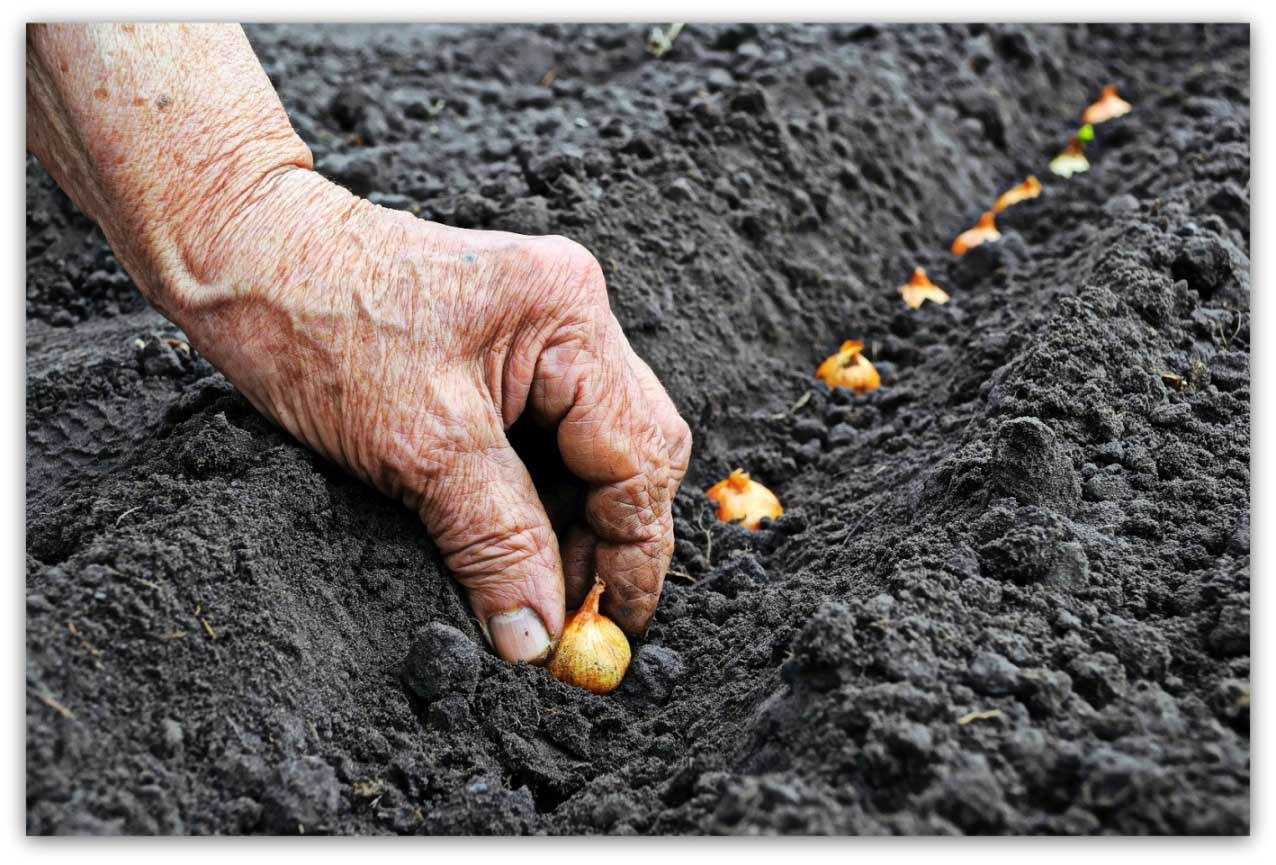
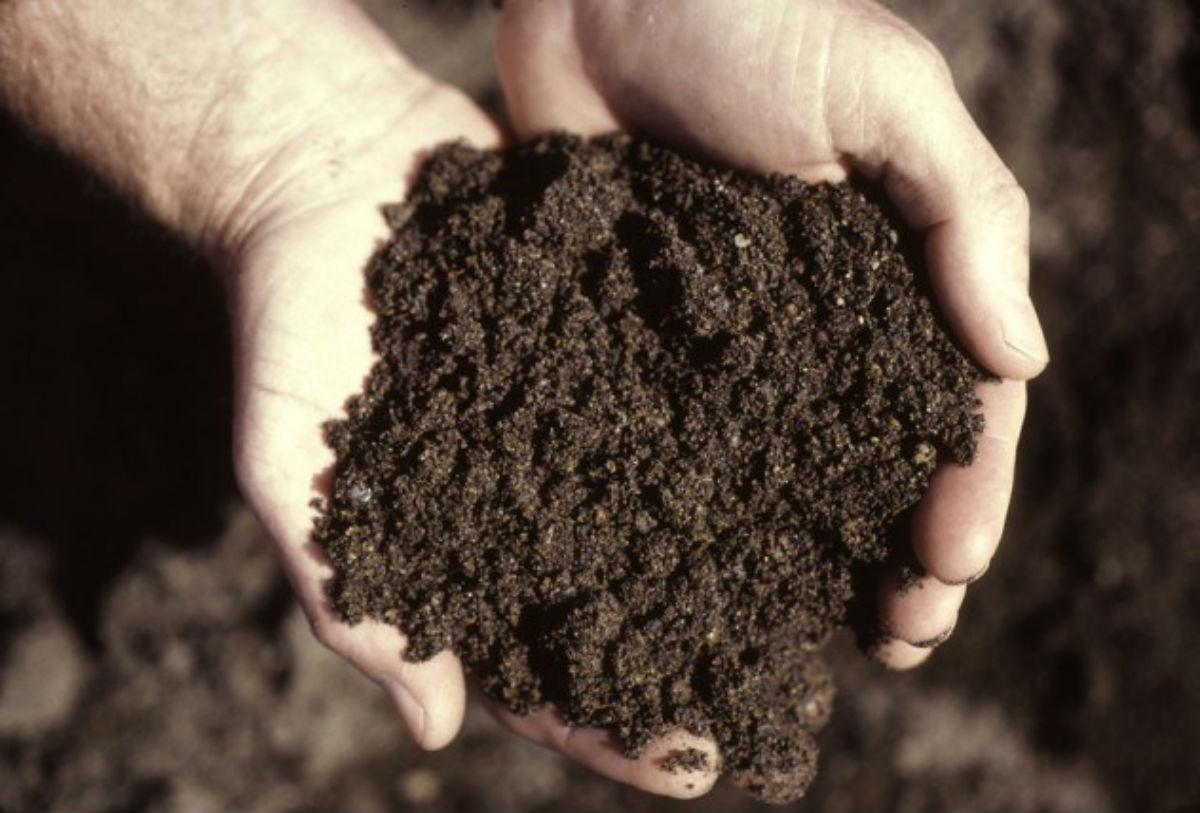

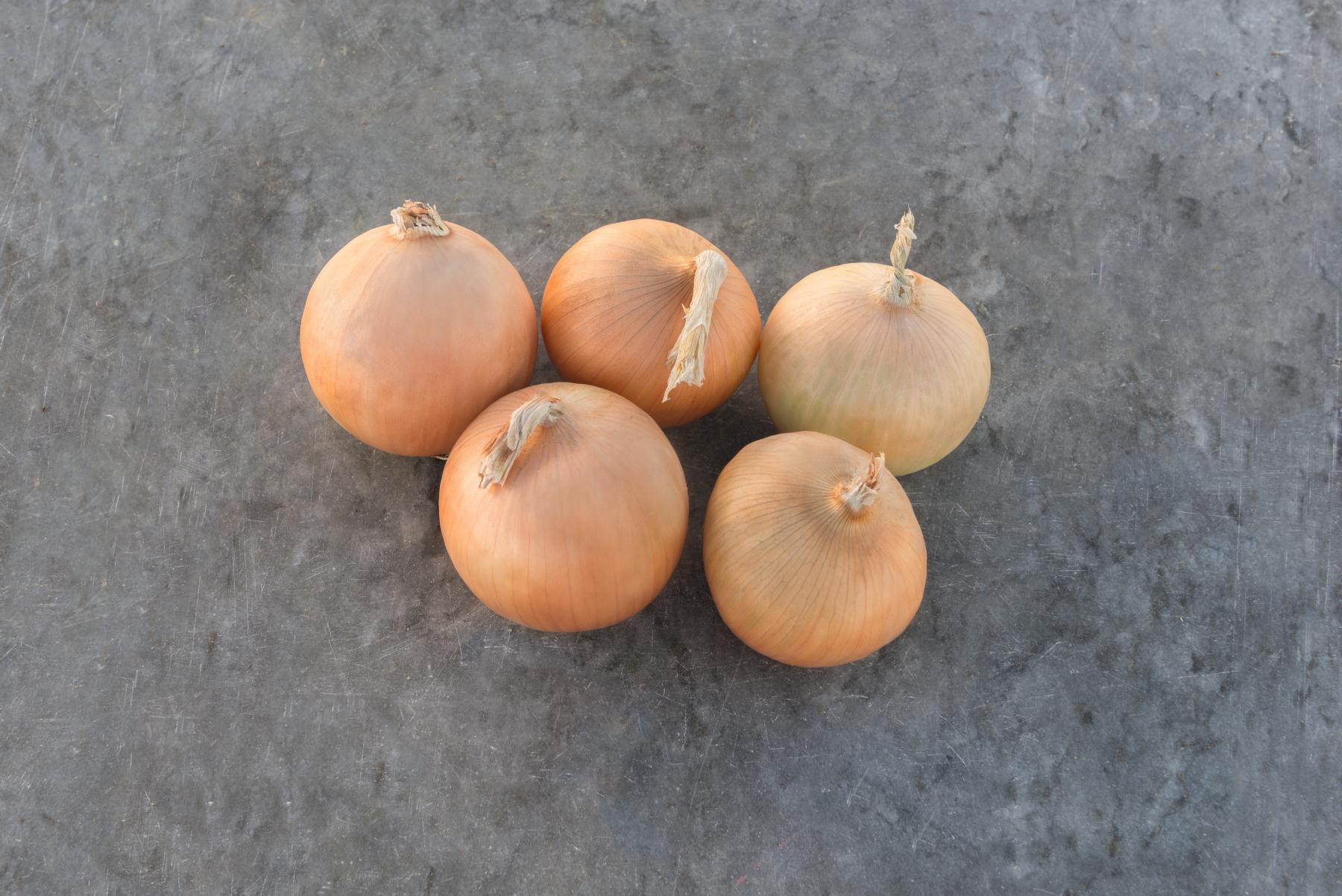
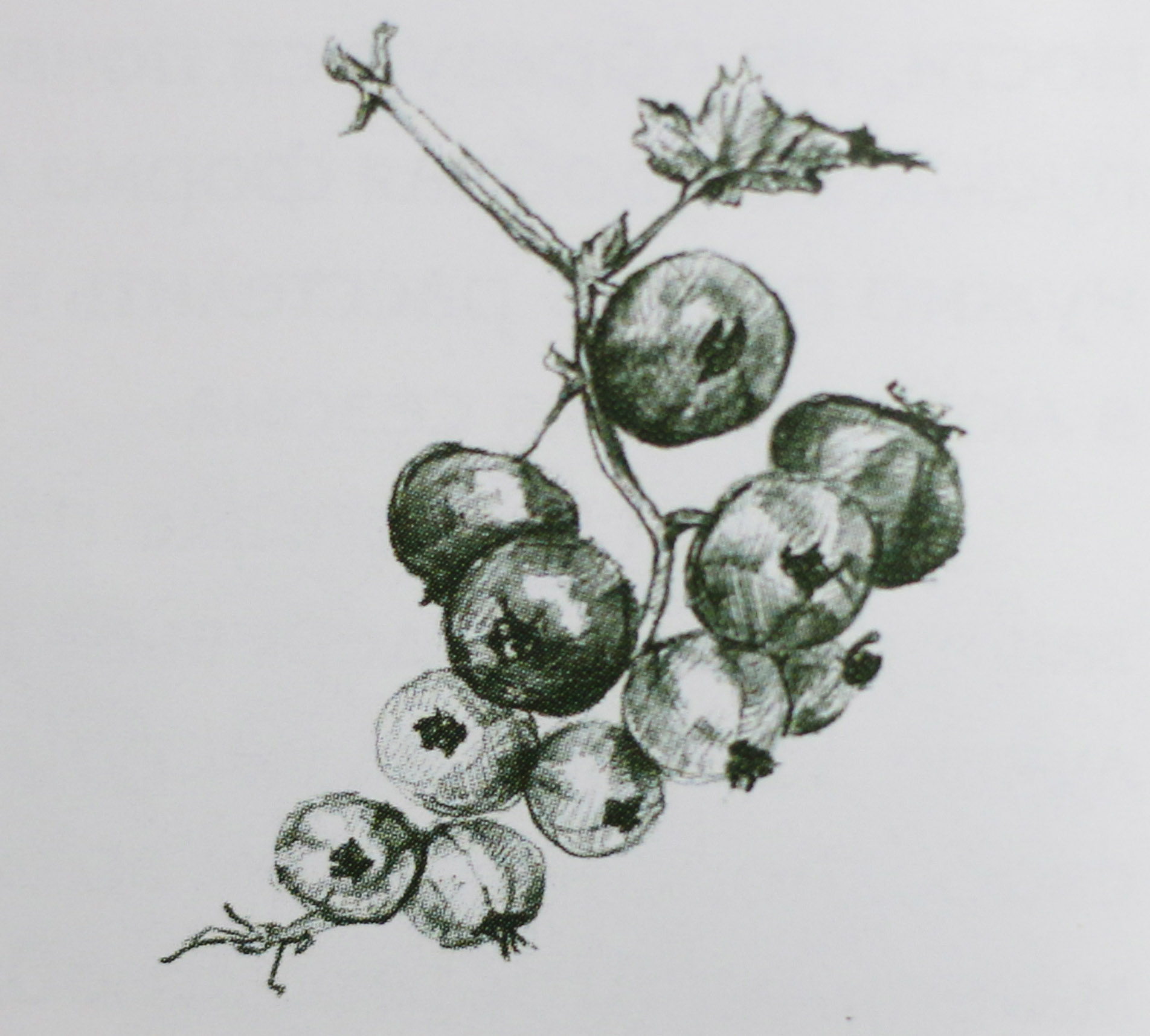
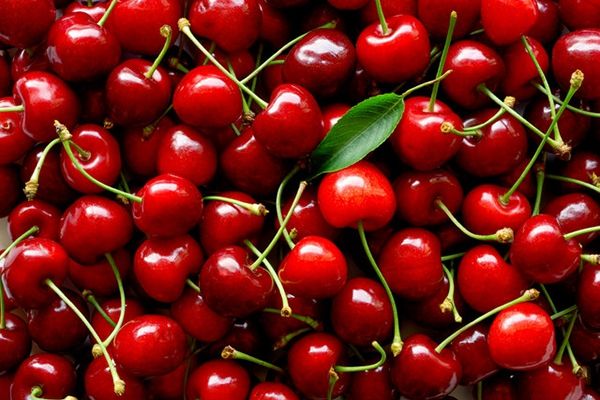
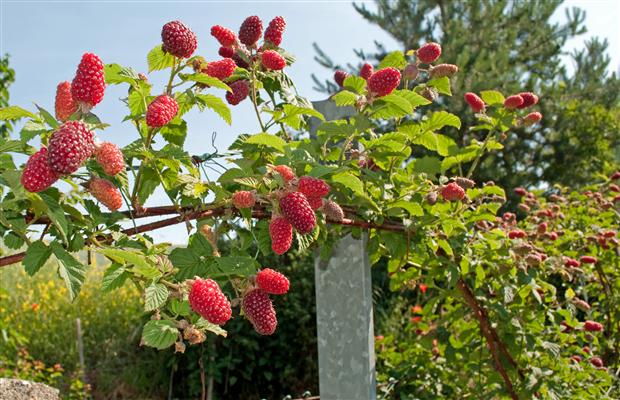
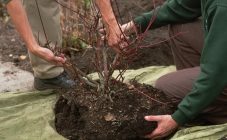
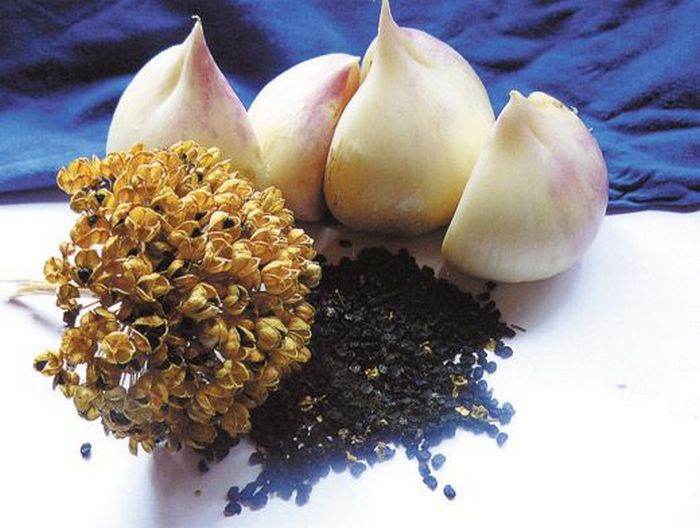








It is written everywhere that onions cannot be fertilized with manure (mullein). Do you recommend ... however strange